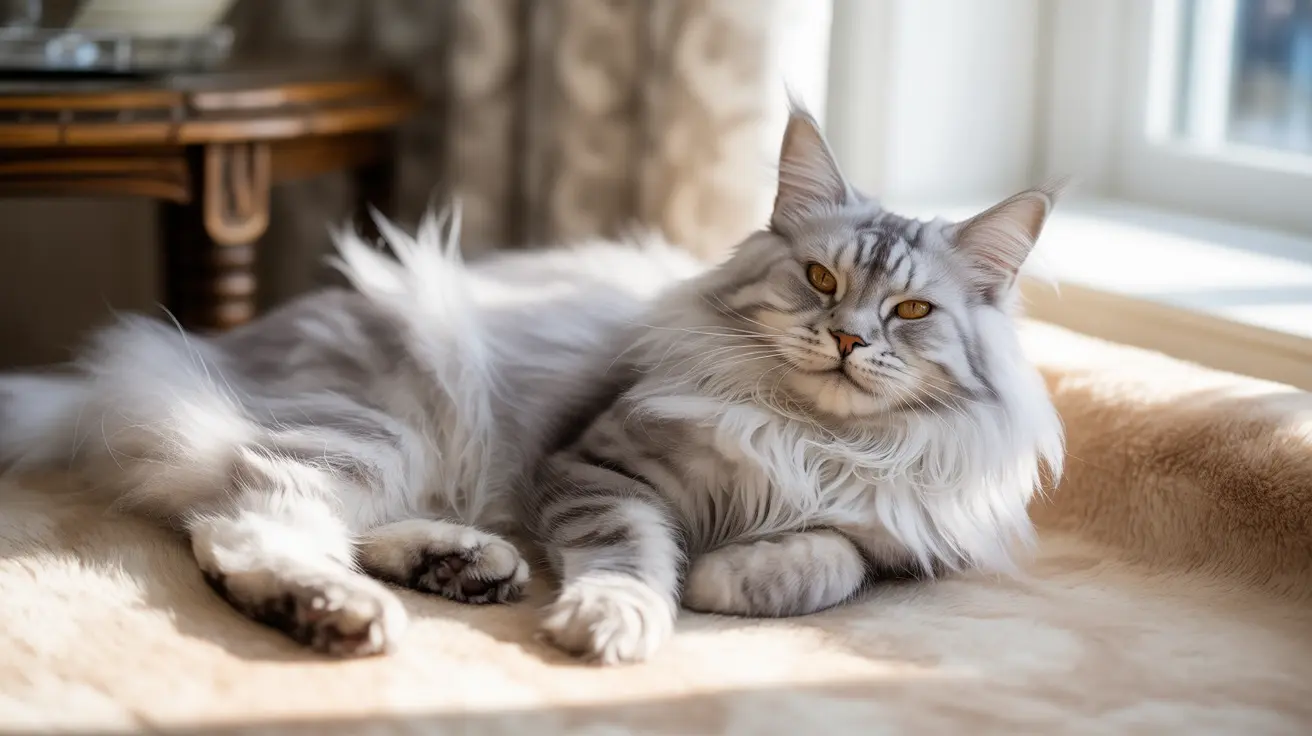Ever watched your cat go from wide awake to sound asleep in what seems like mere seconds? This remarkable ability to fall asleep quickly is one of the most fascinating aspects of feline behavior, and there's actually some impressive science behind it.
In this comprehensive guide, we'll explore the unique sleep patterns of cats, understand why they can fall asleep so rapidly, and learn what this means for their overall health and well-being.
The Science Behind Quick Cat Naps
Cats have evolved to fall asleep rapidly as a survival mechanism. Their brains are wired to transition quickly between states of alertness and rest, allowing them to conserve energy while maintaining readiness for potential threats or hunting opportunities.
This ability is linked to their polyphasic sleep pattern, meaning they take multiple short naps throughout the day rather than one long sleep period like humans. These naps typically last between 15-30 minutes, though cats can fall asleep in as little as 2-3 minutes when they're truly ready for rest.
Sleep Cycles and Brain Activity
When cats fall asleep, they quickly enter Non-REM (NREM) sleep, followed by short periods of REM sleep. This rapid transition is quite different from humans, who typically need 90 minutes to complete a full sleep cycle. Cats can enter REM sleep within 20 minutes of falling asleep, making their sleep cycles much more efficient.
The Role of Energy Conservation
A cat's ability to fall asleep quickly is directly tied to their energy conservation needs. In the wild, cats need to hunt frequently but also preserve energy between hunts. This has resulted in an evolutionary adaptation where they can quickly switch between active and rest states, allowing them to sleep for 12-16 hours per day in short bursts.
Environmental Factors Affecting Cat Sleep
Several environmental conditions influence how quickly cats fall asleep:
- Comfortable temperature (ideal range 65-75°F)
- Quiet, secure location
- Familiar surroundings
- Proper light levels
- Recent meal consumption
When these conditions are met, cats can transition to sleep even more rapidly, sometimes in under a minute.
Age and Sleep Patterns
The speed at which cats fall asleep and their overall sleep needs vary significantly with age:
- Kittens: Sleep up to 24 hours, falling asleep almost instantly after play
- Adult cats: 12-16 hours of sleep, quick transition to sleep
- Senior cats: Up to 20 hours, may take slightly longer to fall asleep
Frequently Asked Questions
How fast do cats typically fall asleep and why can they fall asleep so quickly?
Cats typically fall asleep within 2-3 minutes when ready for rest. This quick transition is due to their evolutionary adaptation for energy conservation and their polyphasic sleep pattern, allowing them to take efficient power naps throughout the day.
What is the average amount of sleep cats need each day and how does this change with age?
Adult cats need 12-16 hours of sleep daily. Kittens require up to 24 hours, while senior cats may sleep up to 20 hours. This variation is related to energy needs, growth requirements, and overall health status.
Why do cats take many short naps throughout the day instead of one long sleep?
Cats take multiple short naps due to their natural hunting instincts. This polyphasic sleep pattern allows them to remain alert for potential prey or threats while still getting adequate rest throughout the day and night.
How does a cat's crepuscular nature affect their sleep and activity patterns?
Being crepuscular, cats are most active during dawn and dusk. This influences their sleep patterns, causing them to be more alert during these times and take shorter naps between these peak activity periods.
What are the signs that changes in my cat's sleep patterns might indicate a health problem?
Significant changes in sleep patterns, such as excessive sleeping, difficulty falling asleep, or unusual restlessness, may indicate health issues. Other warning signs include changes in sleeping positions, vocalizing during sleep, or sudden changes in preferred sleeping locations.
Conclusion
Understanding how and why cats fall asleep so quickly helps us better appreciate their unique biology and needs. Their ability to transition rapidly between sleep and wakefulness is a remarkable evolutionary adaptation that continues to serve them well in domestic life.
By providing the right environment and maintaining regular routines, we can support our cats' natural sleep patterns and ensure they get the rest they need to stay healthy and happy.






